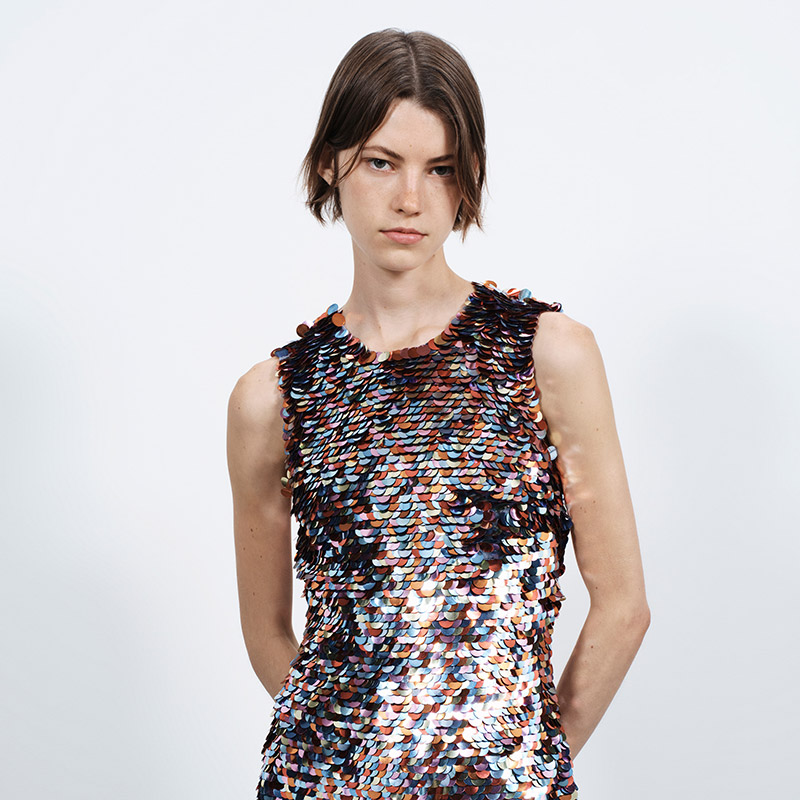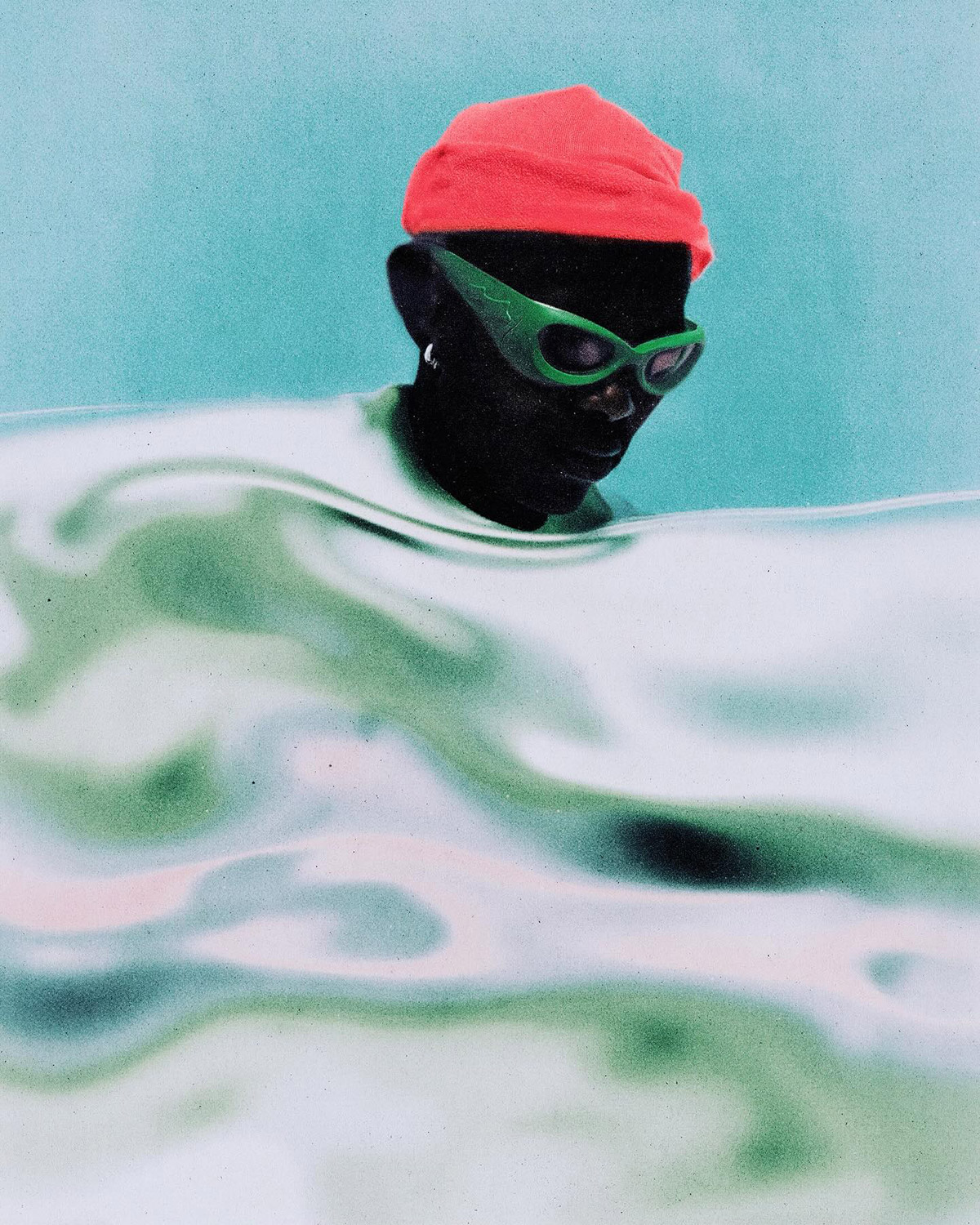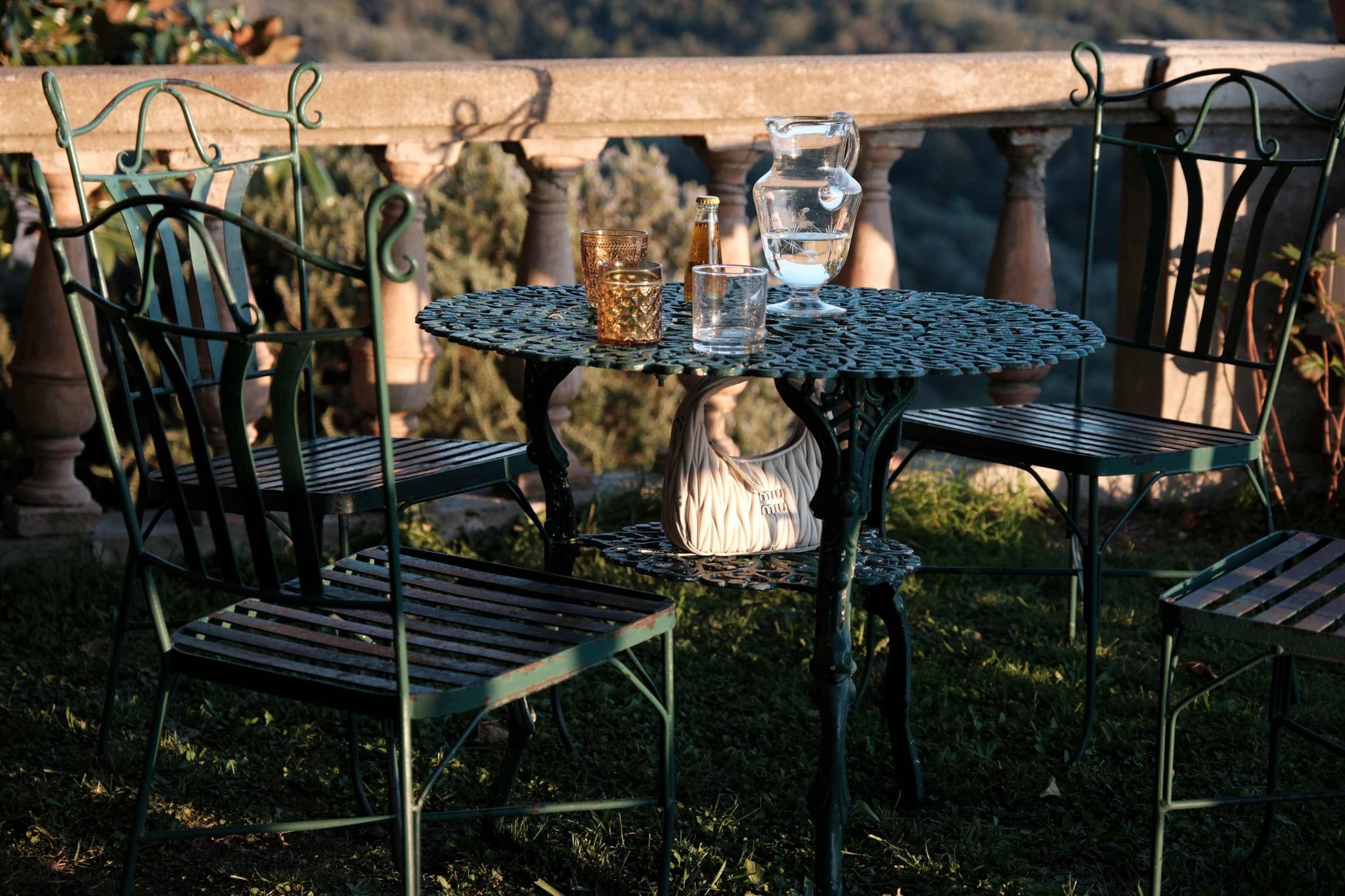
A white Miu Miu Wander bag, scuffed and weathered, sits on a rock in the rolling hills of Maremma, like an artifact of a life well-traveled. Joanna Hogg’s Autobiografia di una Borsetta, the latest film in Miu Miu Women’s Tales, follows the bag’s journey—through owners, cities, and circumstances—revealing the lives it brushes up against. The handbag is more than just an accessory here; it is a silent observer, absorbing the highs and lows of contemporary Italy, from opulent villas to the fringes of society.
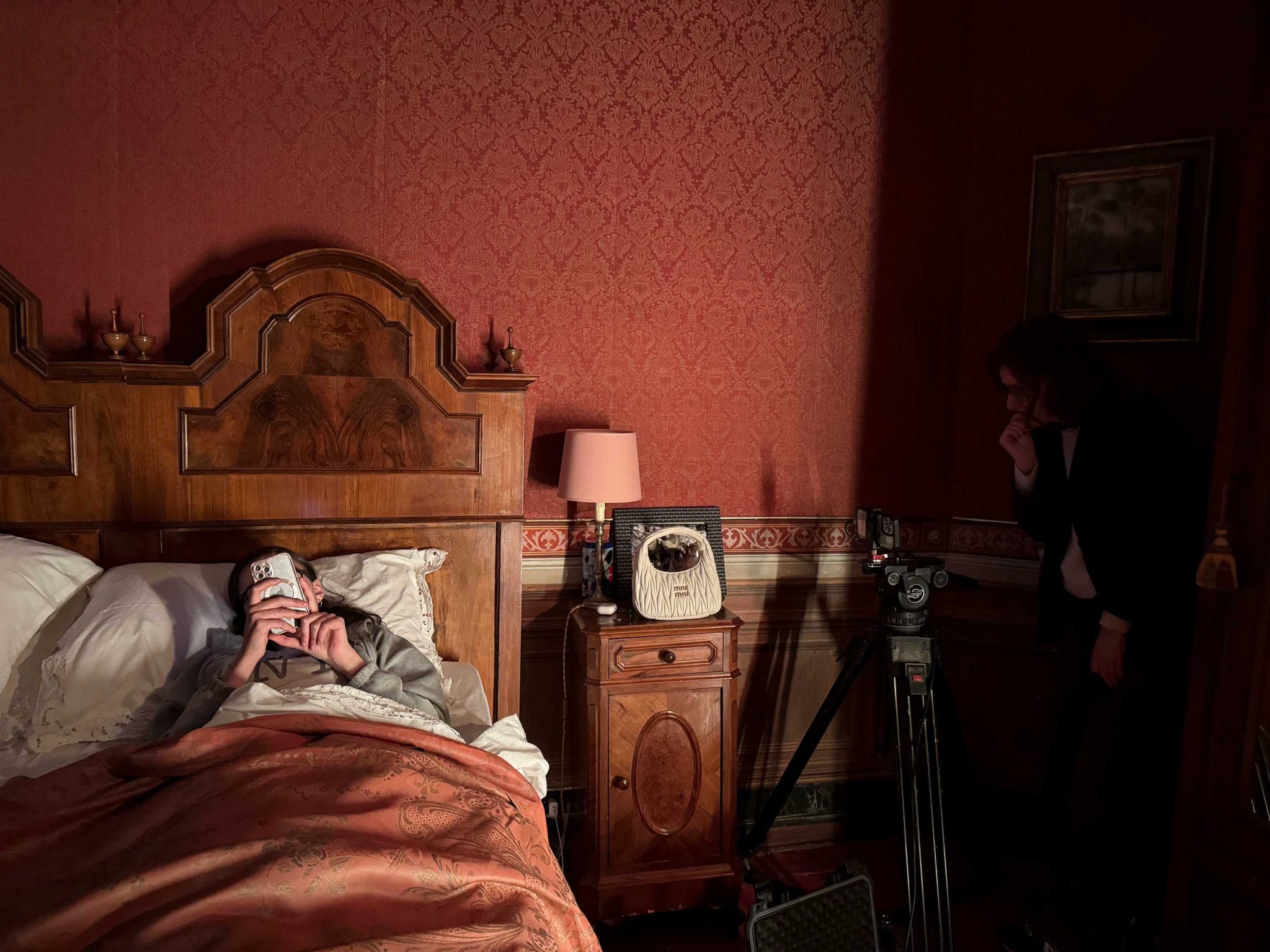
Hogg, known for her meticulous and restrained filmmaking, plays with perspective in a way that feels both experimental and intuitive. “It interested me to put an object in the foreground of the story,” she says, flipping the traditional hierarchy of narrative. The film takes inspiration from The Prop, a book co-authored by Hogg’s friend John David Rhodes, which questions the role of objects in cinema. Autobiografia di una Borsetta asks: What does a handbag see? How does it experience the world? Hogg pushes this idea visually, using ultra-wide camera angles and four iPhone 16s to capture the handbag’s point of view—somewhere between an all-seeing observer and an unnoticed extra in its own story.
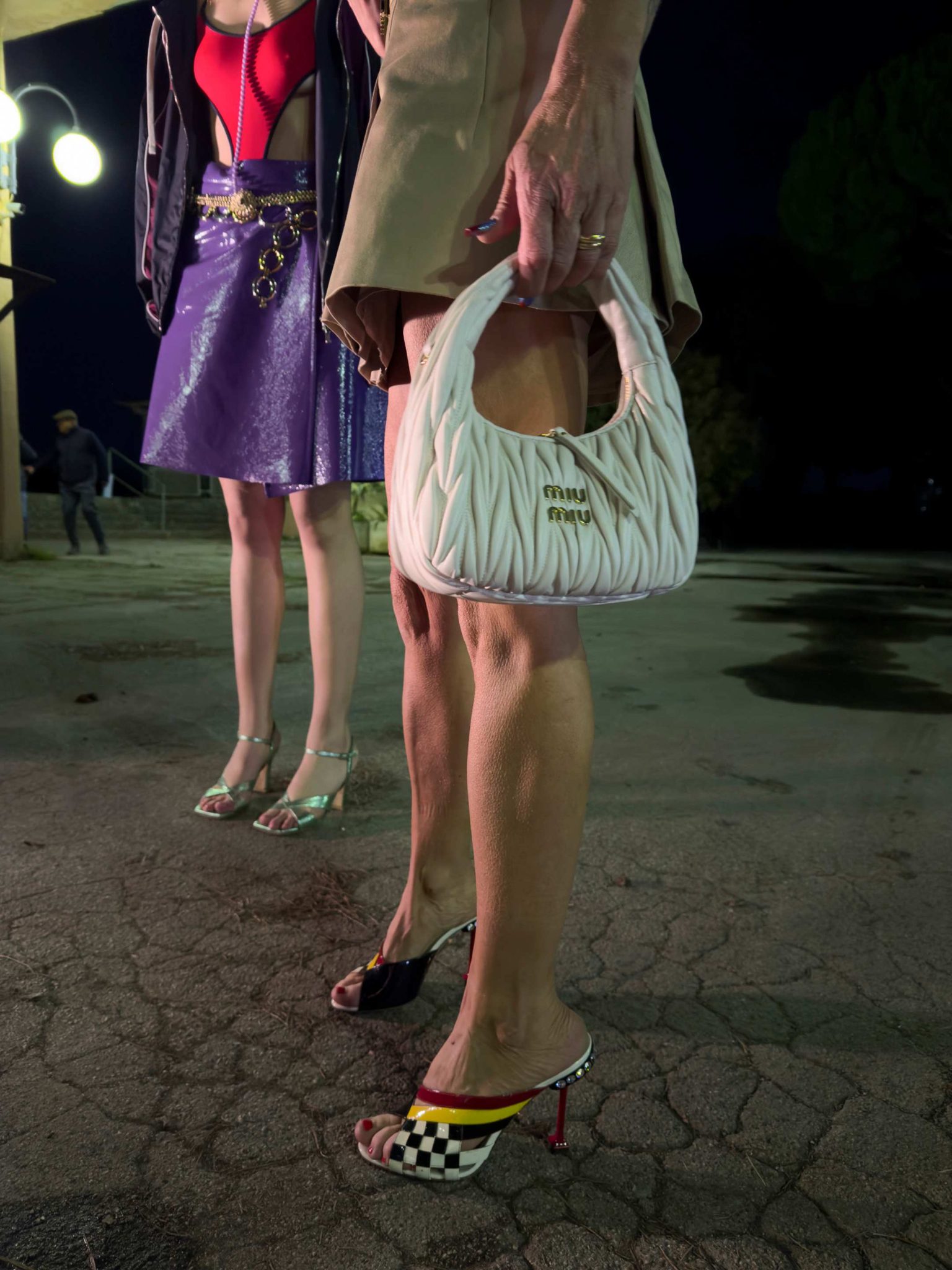
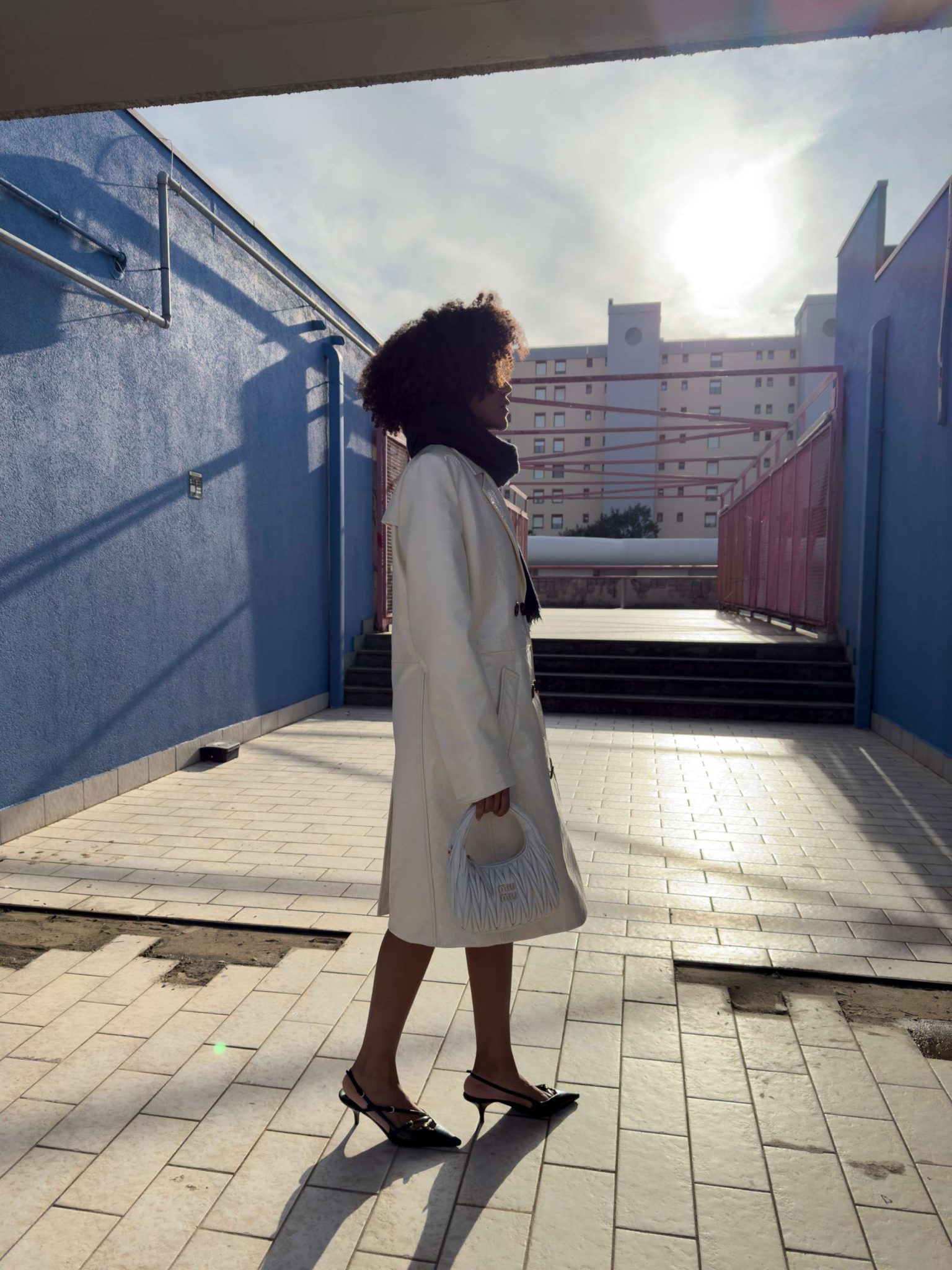
Since launching in 2011, Miu Miu Women’s Tales has given female directors full creative control to explore themes of femininity, identity, and vanity on their own terms. Hogg embraced the challenge without hesitation. “If I had to choose a brand I love, I would say Miu Miu,” she admits. “I always felt privileged to wear Mrs. Prada’s designs.” The film feels like a natural extension of both Miuccia Prada’s world and Hogg’s—the kind of quiet, stylized rebellion that exists in the brand’s DNA. “It’s very rare to have the freedom that Women’s Tales gives a filmmaker,” Hogg says. “At first, I was intimidated by this freedom. Then I said to myself, I’m going to take up the challenge.”
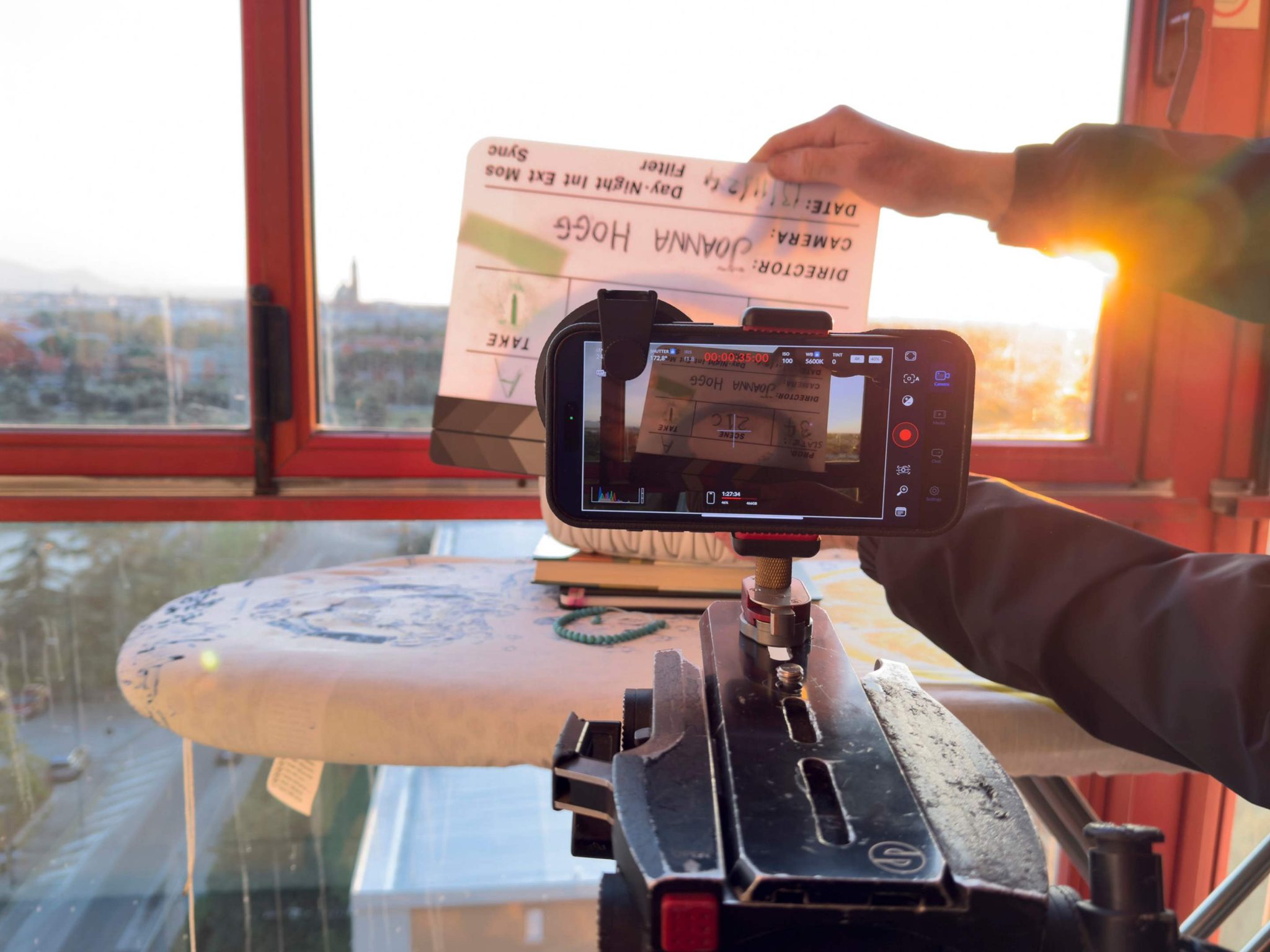
What makes Autobiografia di una Borsetta particularly compelling is how it strips away the expected. The film doesn’t just follow a handbag’s journey—it offers its point of view. There’s an eerie objectivity to its gaze, a detachment that makes human dramas feel both intimate and insignificant. And though the bag remains silent, its presence speaks volumes.
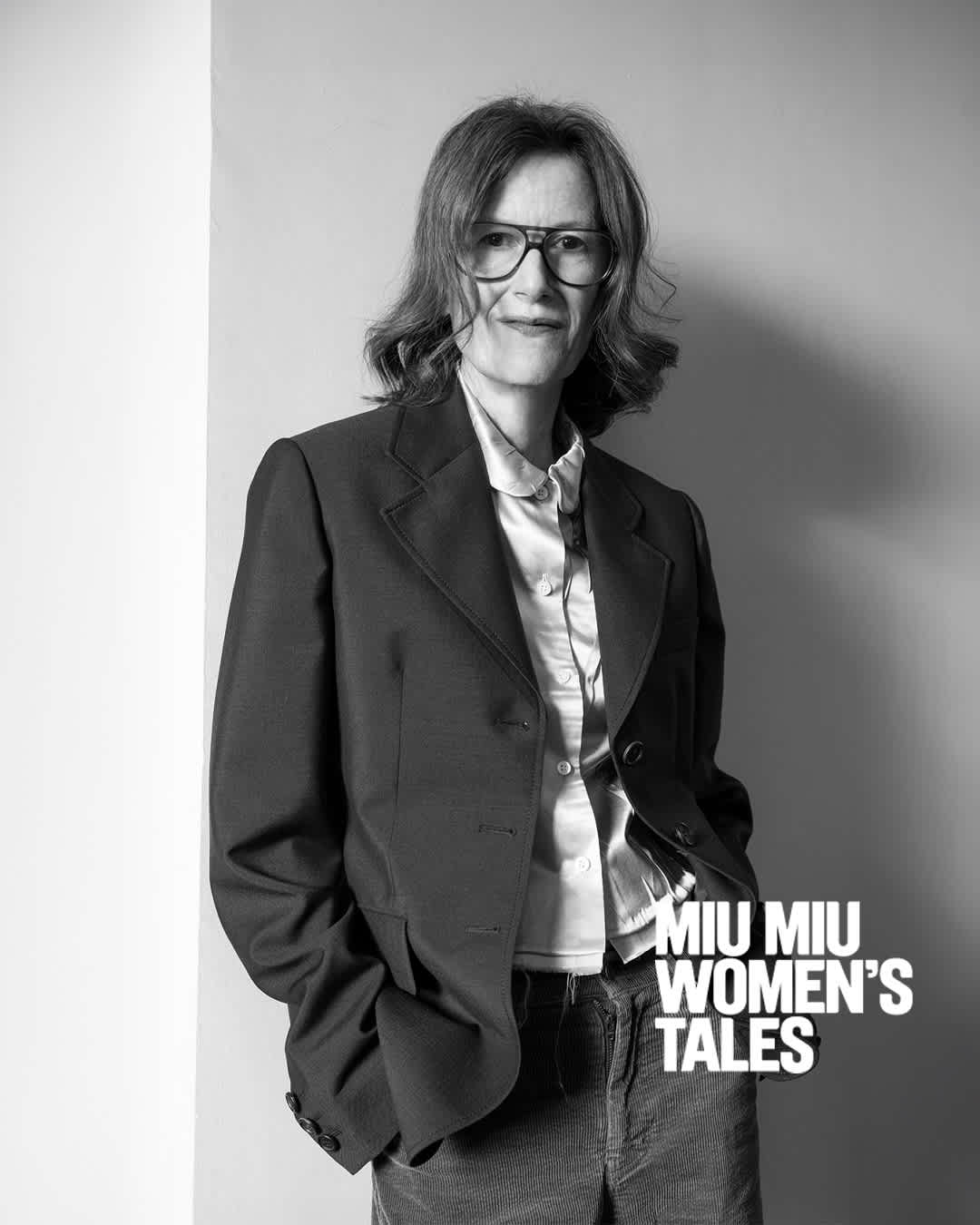
Against the sun-drenched Tuscan backdrop, Hogg fuses naturalism with a surrealist edge, transforming an everyday object into something cinematic, even poetic. The film considers what it means to endure—to be carried, used, abandoned, and rediscovered. Perhaps, as Hogg suggests, handbags are more than just objects. Perhaps they are, in their own way, immortal.
Premiering tonight at London’s Curzon Mayfair Cinema, Autobiografia di una Borsetta will be available on Miu Miu’s digital platforms and globally on MUBI starting February 23, 2025. A handbag’s life—rendered through Hogg’s lens—feels anything but ordinary.

